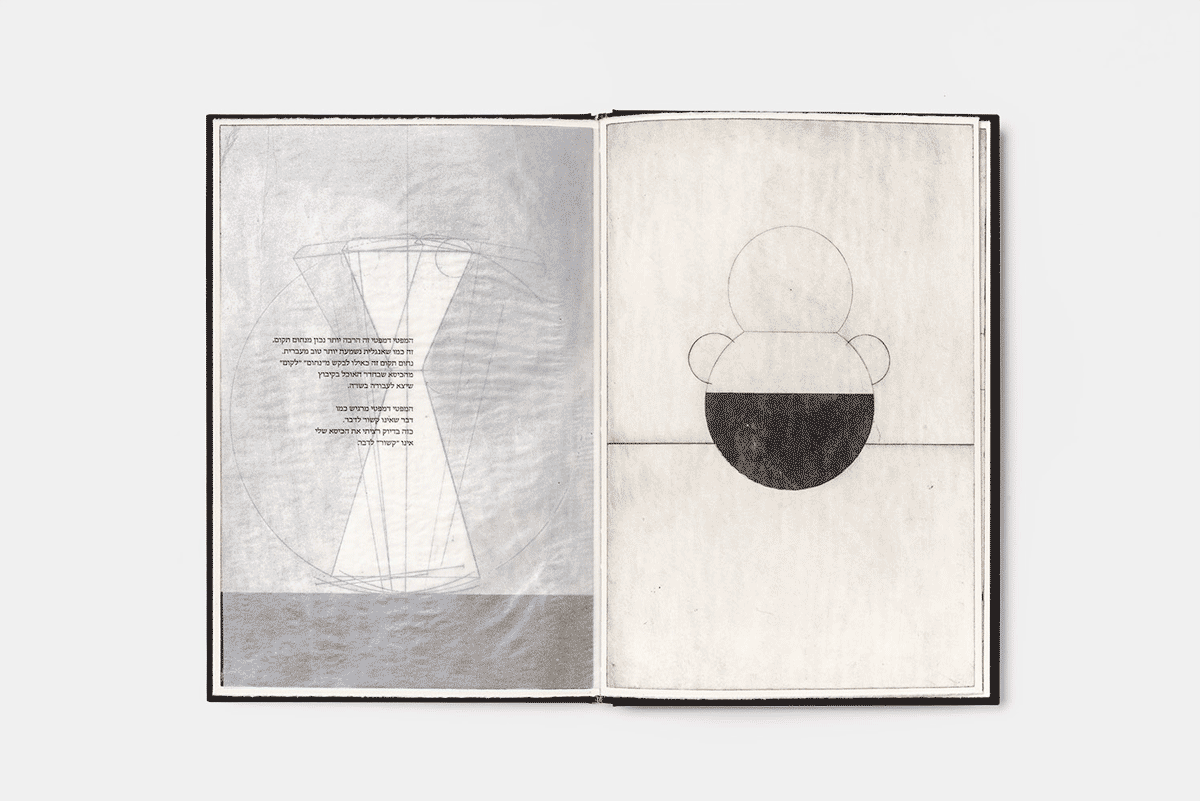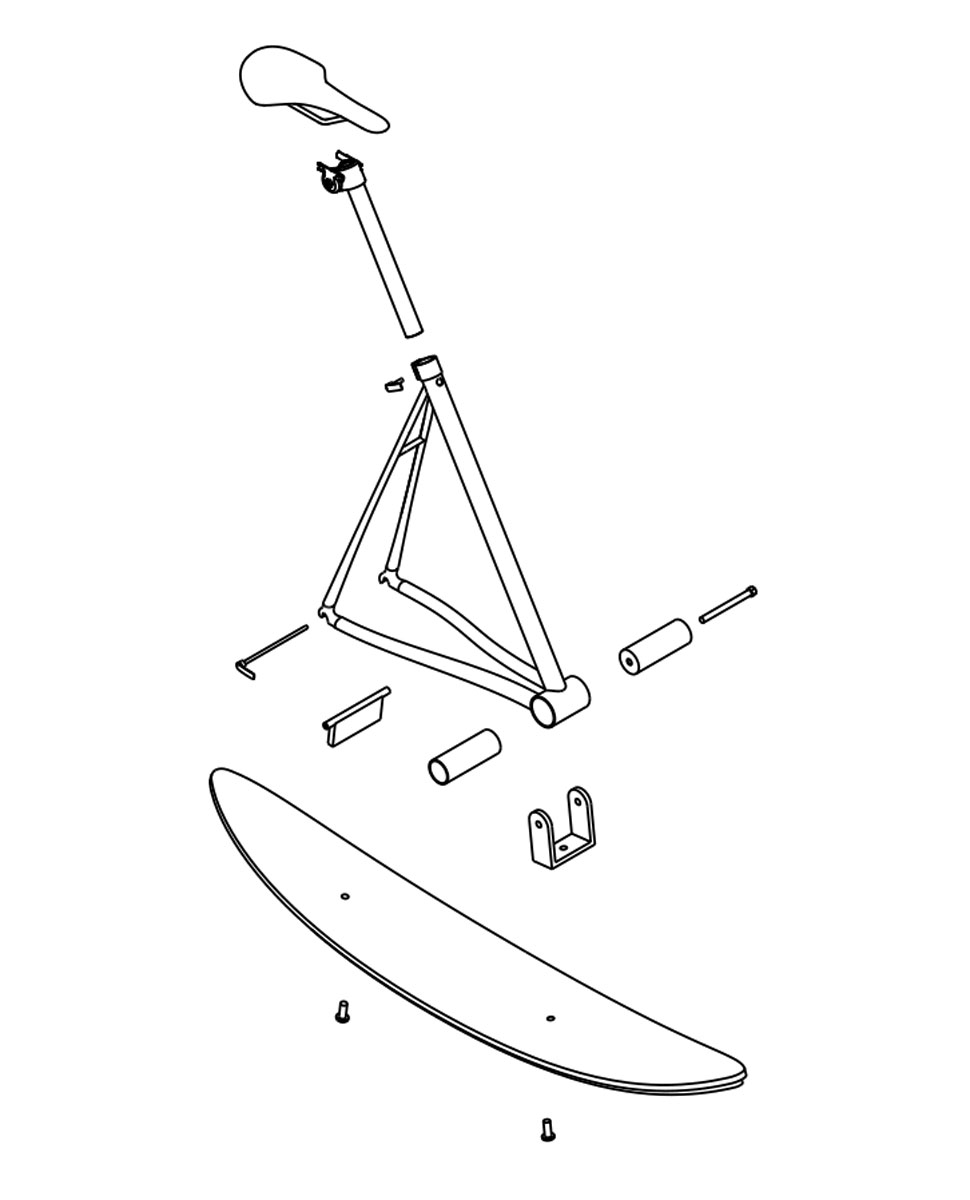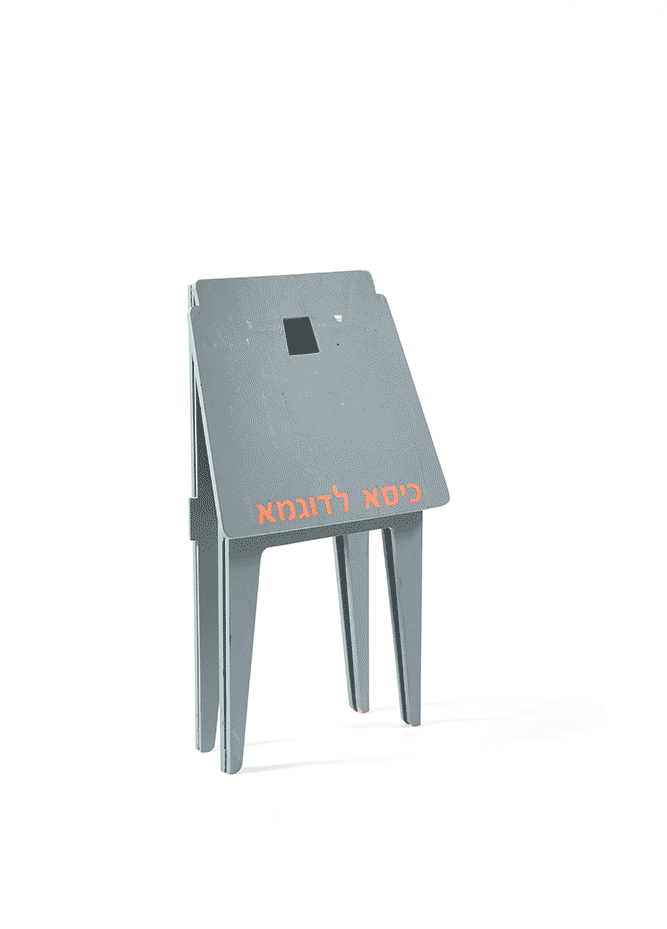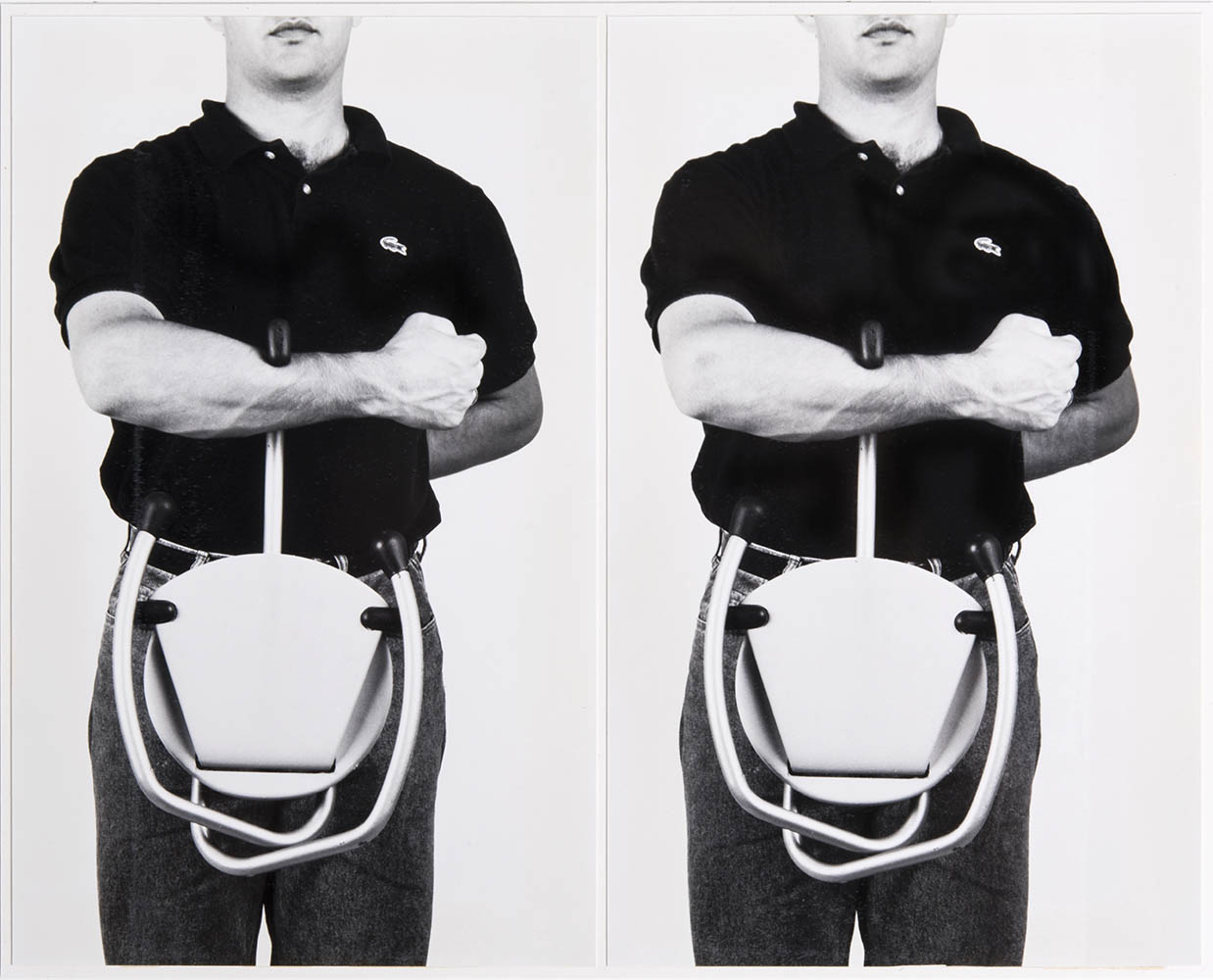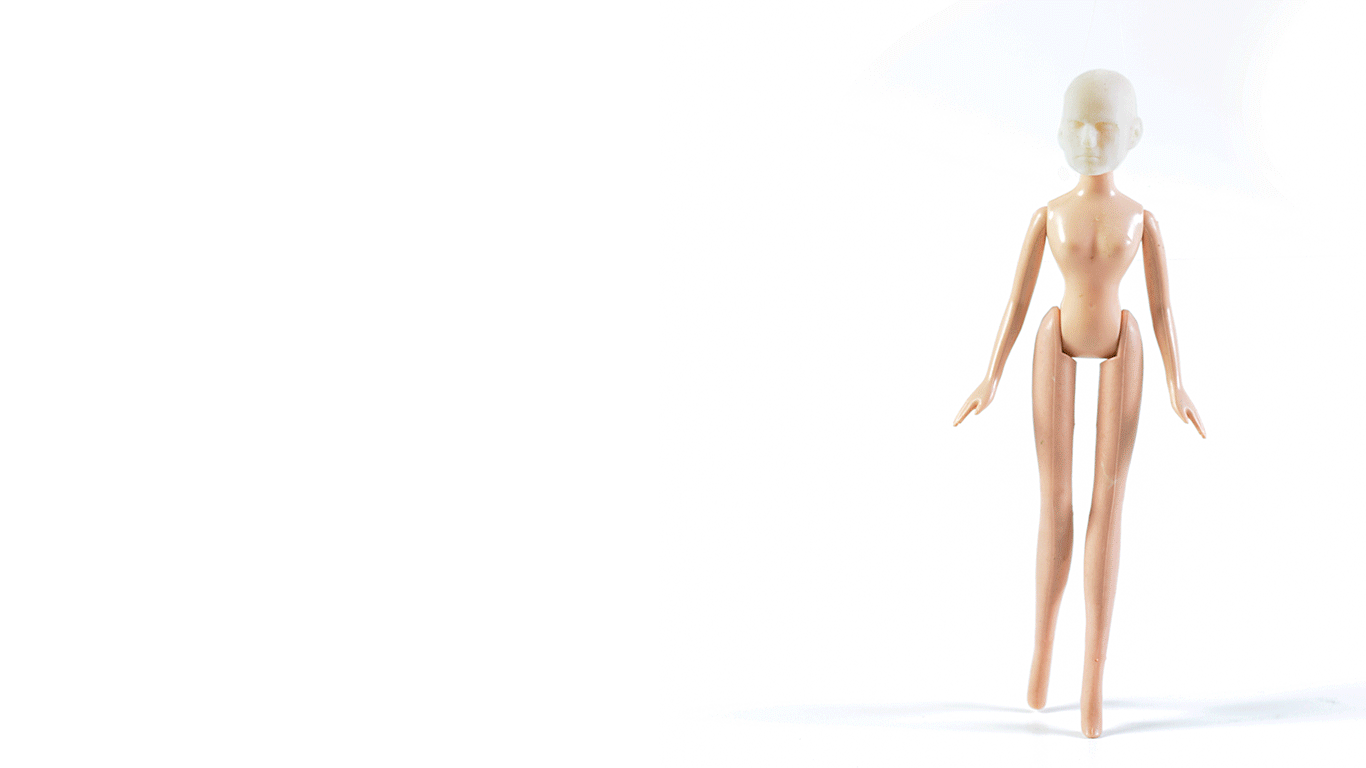
This was a very personal exhibition, following a personal crisis. I had lived with my first wife for almost 25 years. The divorce was a serious blow, a major turning point. Up until then I had been a part of something, a part of a family. After the breakup I felt I was alone. Loneliness sharpened my senses. I kept asking myself questions, trying to understand how it had all happened. Went looking for answers within myself. This was my first ever self-inspection, the first time I tried to figure out who I was.
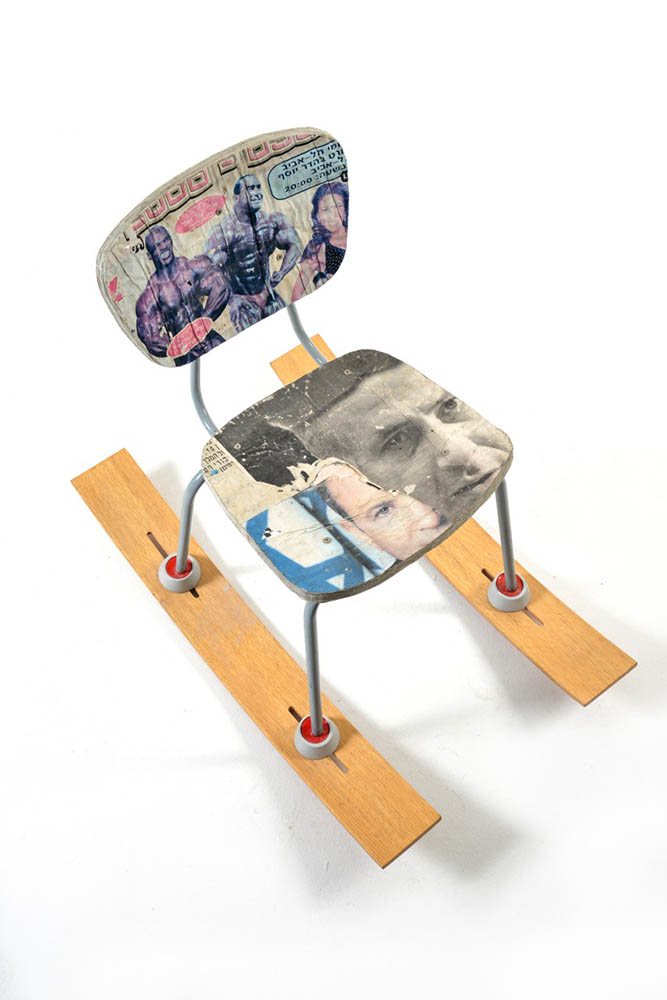
I collect used items, especially chairs. My growing collection has led me to the practical idea of creating sets of skis that would turn those chairs into rocking chairs.
I love rocking chairs. I find the rocking motion very pleasant and soothing. During my exhibition, visitors were invited to bring their own chairs to the gallery and turn them into rocking chairs. Thanks to the skis kits I had created, every four-legged chair could be turned into a rocking chair. This way I could share my love with the spectators.
Most of the chairs I had collected where somehow flawed, but their faults did not deter me. I was keen on restoring them for another life-cycle. My passion for improvisation and the skills I developed have become prominent characteristics of my work.
